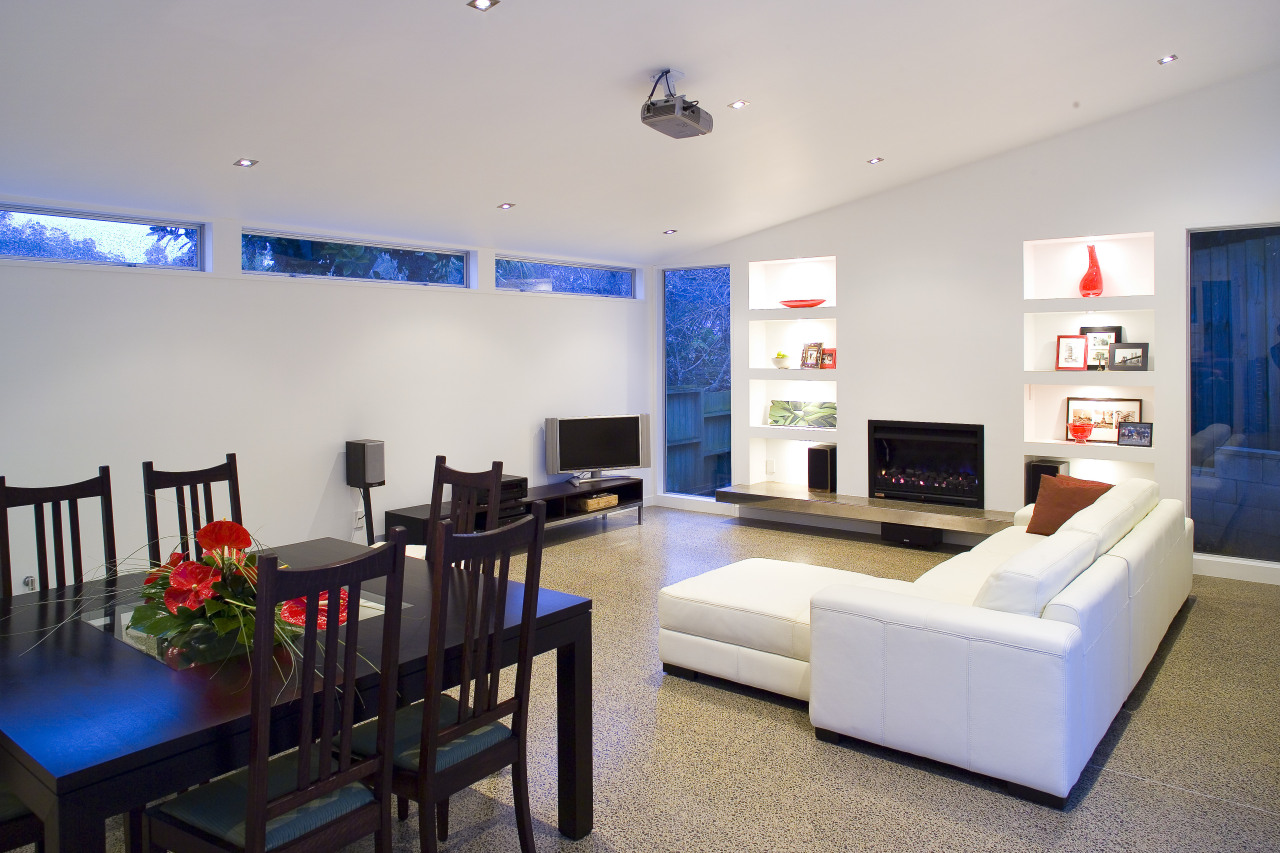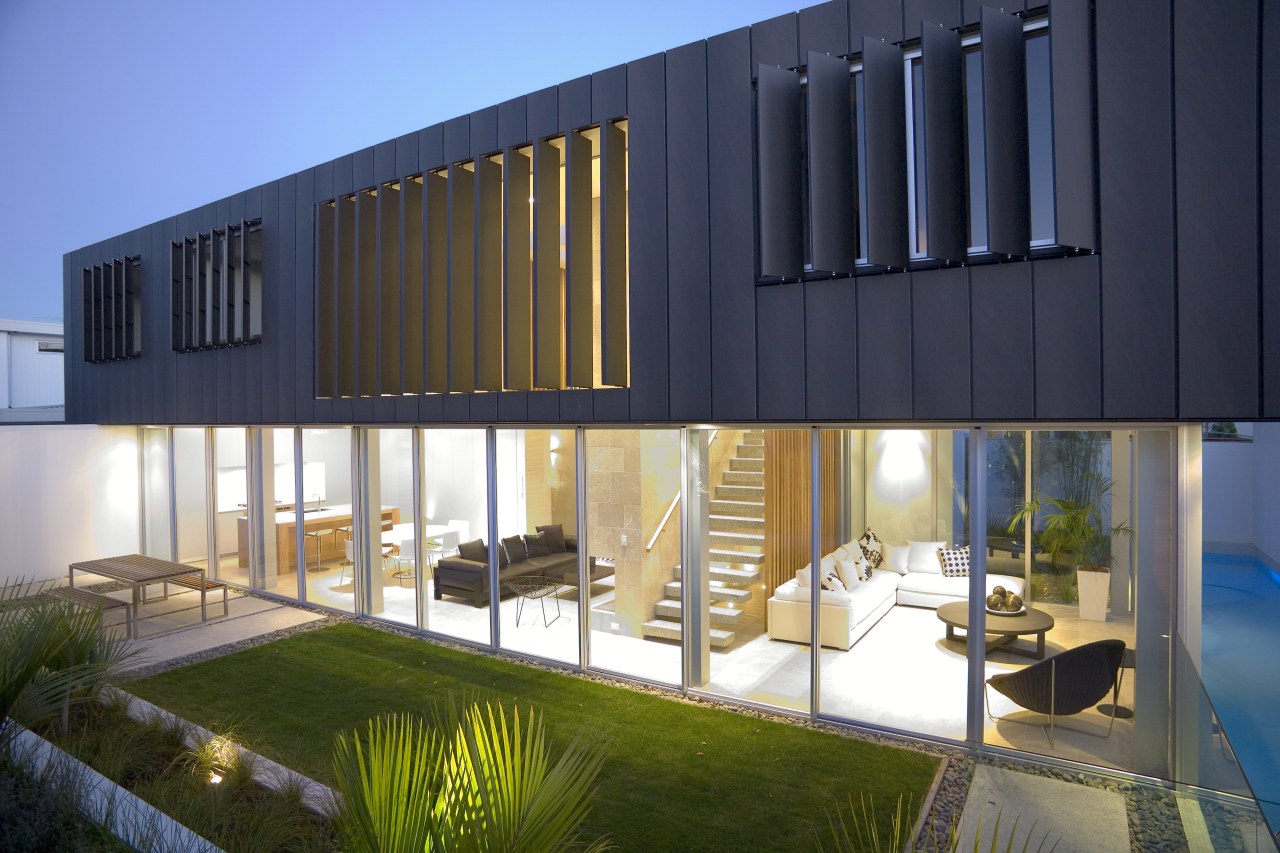Passive solar design
With the right home design, materials and ventilation, solar energy can keep homes warm and dry, cost efficiently

Keeping New Zealand homes warm and dry accounts for more than a third of this country's total electricity use. From an economic as well as an environmental perspective, it makes sense for homeowners to include more energy-efficient principles in their home design. One simple way is to use natural solar energy.
Arhaus Group director Dan Heyworth explains that without too much fuss, or compromising aesthetics, passive solar design can provide warm, dry, comfortable homes and reduced energy bills. What is passive solar design?
A structure that is designed to harness the sun's natural solar energy as its main heat energy source, or as an alternative or supplement to heating from electric appliances. There are some guidelines to best gain this solar energy it's not just about building a home with a north-facing aspect, thermal mass or double glazing.
How does it work?
There are three ways to gain natural solar energy for space heating in houses.
Direct gain, utilising direct sunlight, is the most common method in New Zealand, which has a high annual proportion of sunshine hours, and many homes with a north-facing aspect. Using dense floor materials, such as concrete, will absorb heat, retain it and emit it as the materials and house cool down. Good insulation is vital for this method to work efficiently.
Indirect gain uses indirect sunlight. A large dense mass, such as a concrete pillar or Trombe wall is placed inside, in the path of direct sunlight. When the building cools with the right ventilation the column or wall will radiate heat into the house. This mass can also become an aesthetic feature of the architecture.

Isolated gain isolates the heat in a room such as a conservatory, then, with the help of proper ventilation, draws the heat into the rest of the home.
Passive solar design is only effective if you can keep the hot summer sun out. Eaves are important to shade the northerly aspect in the summer, so that the house does not get too hot. Planting deciduous trees is another way to achieve this. When these trees shed their leaves in winter, the sun will still heat the interior of the home.
Why is ventilation important?
The easiest way to keep a home fresh and dry is to keep humidity levels low. When air cools it loses its ability to hold moisture and this causes condensation. By keeping temperatures stable and replacing damp air with dry air through ventilation, humidity is controlled.
You can ventilate passively so that warm air rises and is drawn out through windows, while fresh air is pulled in through lower ventilation windows. There are many ways to ventilate a home passively. One is by creating a thermal chimney, which draws the naturally rising warm air out of the building. Another is to place doors and windows so that air moves around and provides cross ventilation. An internal structural design which lets rising heat circulate will also give ventilation.
Active ventilation systems should have heat exchangers built in that exchange heat from the damp, stale indoor air to the colder dry air from outside this is different to an HRV system which only recirculates air or brings in cold air.
Insulation is also important...

Passive solar design should be as effective at keeping a house cool in summer as it is at keeping it warm in winter. Heat loss through uninsulated glazing can be ten times as great as through a wall with average insulation. Insulating windows via double glazing will reduce heat loss in winter by nearly 50%, and reduce the heat gain in summer by 10%.
Louvres, and joinery with ventilation strips are prone to leakiness. Instead, use thermally broken frames. Heavy curtains or thermal drapes, fitted with a pelmet or overlap, are another good way to insulate windows. Why spend money on double glazing if your frames are ventilating all your warm air?
Take note, as new building regulations in New Zealand are making double glazing a requirement for new home builds. What about wood and weatherboard?
Weatherboards and wooden floors are popular building materials in New Zealand. However wood is not as dense as concrete, and cannot hold heat for a sustained period of time.
If you like the appearance of wood, you could consider using indirect and isolated solar gain methods for space heating in your home. While it is density, not colour, that retains heat, wooden floors should be coloured at 30-40% darkness for maximum solar gain benefits.Who is responsible?
When building a new home, ask your architect or builder to incorporate energy-efficient or passive solar design for example, ask for a sun study of your property before it is built.
New Zealand's Energy Efficiency and Conservation Authority provides guidelines for energy-efficient home design, and has developed a ratings scheme to check efficiency. Architects, builders and homeowners can find more information at www.eeca.govt.nz.
Story by: Trendsideas
Home kitchen bathroom commercial design




